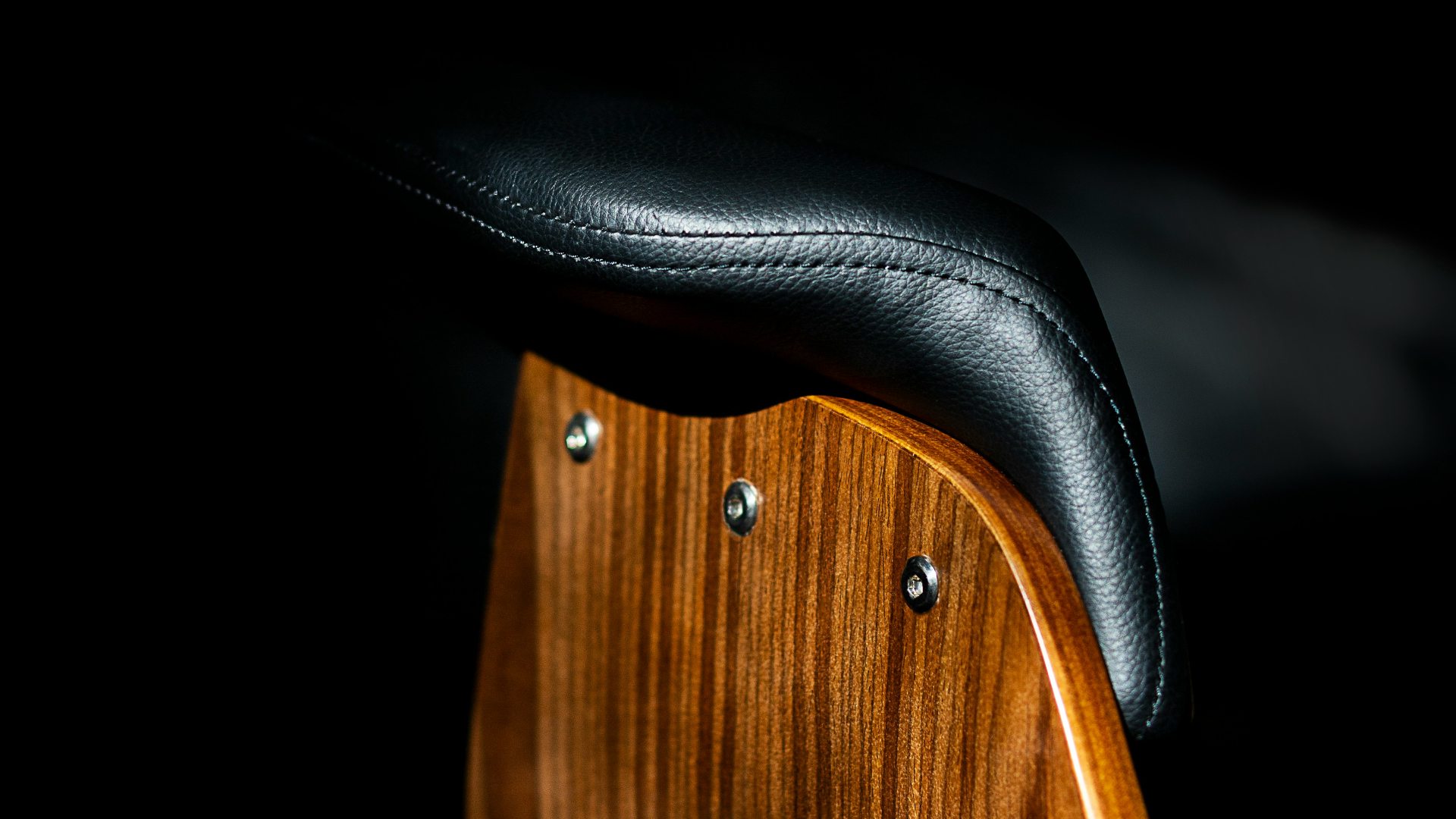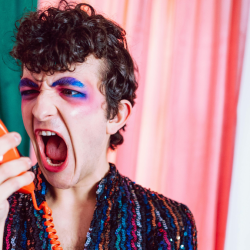As one TikTok creator put it, the best thing about James Buckley being the first Cameo millionaire is that it sounds exactly like one of the absurd claims his most well-known character, Jay from The Inbetweeners, would have made. James has maintained cult status with a Millennial (and select Gen Z) audience, partly due, of course, to his notorious teen role but also because he’s embraced evolving fan values and behaviours to make extra cash from a relatively easy side-hustle. There are trends that brands can take note of and learn from to enhance campaigns and more specifically, connect with a youth audience. Here’s how…
Don’t underestimate the lasting power of fan culture
The Inbetweeners and Buckley’s character remain synonymous with the British high school experience even as it hits almost 15 years since it first aired. From those cringe coming-of-age moments to the utterly clueless analysis of relationships, the big claims and the piss-takes, and then simply just the friendship bonds formed at secondary school, it’s all too familiar. For anyone who tuned in back in 2008, James will forever remain Jay.
There are two main strengths to the fan culture of The Inbetweeners: first off, for those original viewers, they were likely watching as they had just come out on the other side of their nightmare teens and there had never been anything that so accurately portrayed that experience. Everyone knew a “Jay”. It triggered a load of nostalgia and was catapulted into cult status, remaining a definitive series that is still referenced.
The second is that it united people across the UK with a shared experience… and this is where brands should take note: the power of shared experiences, particularly in your late teens and early twenties, is that they’re happening during a formative period that shapes identity. It’s even more potent if you can tap into something that is universally experienced (everyone has a losing-their-virginity-story).
If brands can create activations that bring target audiences together and make them feel like they’re a part of something, they become part of a memory that lasts far beyond their youth.
Democratic input
The direct-to-consumer model has penetrated across our digital interactions from tipping on Twitch and exclusive access on OnlyFans to a personalised video message on Cameo. It all comes down to the same thing: the growth of the two-way relationship. No longer can brands expect to broadcast directly to an audience and for it to have impact. Consumers have become creators and they want to feel as if they can contribute and collaborate.
It’s an invaluable advantage. Brands have the opportunity to understand exactly what their audience likes and dislikes. If embraced, it can create compelling campaigns, products and activations designed by the audience, for the audience.
Intimate access to heroes
The rise of informal platforms, views into previously unseen worlds during lockdown and the increasing demand to share flaws and faults as well as fun, has changed expectations of interaction with our heroes. Nowadays, being real is the aspiration.
James nails this with his content. He shares the boring every day, which he makes very entertaining. Watch him install a 50 inch TV on a wall with his partner and you’ll understand. What brands should learn from this is that perfection isn’t desirable. What consumers want is self-awareness. It demonstrates relatability, a hunger to evolve and a more human connection.
Meme humour is the language of youth
Memes have transcended formats, platforms and the digital realm to become the new modern slang. They’re now a Gen Z coping mechanism for the relentless bad news stories, a vast promo tool for the latest releases and a demonstration of identity. Who doesn’t have a friend that they communicate with purely in screenshots and hyperlinks without any more context than, “You, haha.”
Meme humour and The Inbetweeners go hand-in-hand. From classic catchphrases like “bus wankers” or “ooooohhhhh frrriiieeeennndddsss” to legendary dance scenes, they’re rolled out again and again across social media. The modern meme is forever evolving and no longer tied to its origin story. It becomes redefined by the audience using it, reaching a whole new niche. Embracing meme humour, if that’s right for the tone of your brand, allows for consistent cultural commentary and relevance with a youth market.
What Buckley has done is embrace the variety of different elements to build his personal brand. He knows he’s beloved because of the strength of Jay and The Inbetweeners and he embraces the side of his personality that is reflective of that humour. He has let his fans into his life and treats them like extended members of his friendship circle as he shows the good, the bad and the ugly.
It’s no wonder he’s “completed it, mate.”
Featured image: James Buckley / YouTube



































